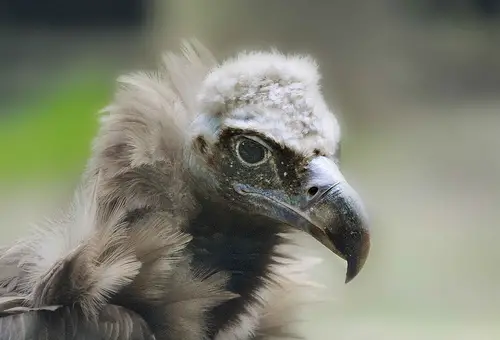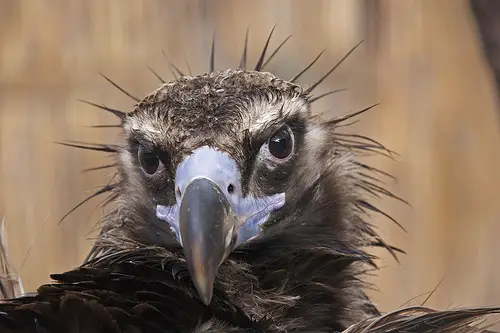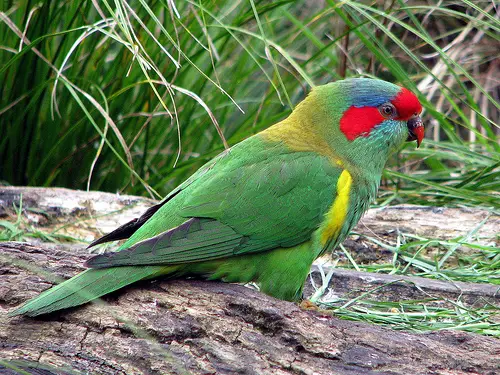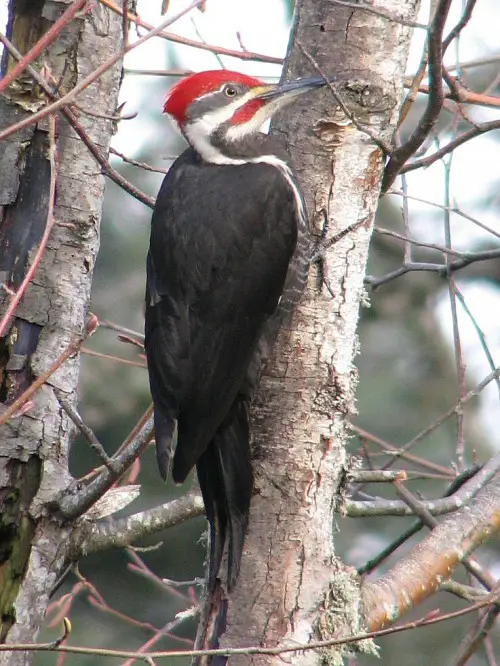Cinereous Vulture
Also known as the Monk Vulture, Eurasian Black Vulture, or simply the Black Vulture, the Cinereous Vulture is a member of the Accipitridae family. It is not related to the American Black Vulture except for its similar name and colour.
The Cinereous Vulture breeds across Asia to southern Europe, from Korea to Spain. However, it is an endangered species throughout the Cinereous Vulture’s European range. It is a resident in everywhere in this range except where there are harsh winters. This is because this limits their movement. This vulture breeds in high mountains and large forests. It nests in trees and sometimes on cliff ledges.
The Cinereous Vulture is one of the largest bird of prey in the world. Only the Andean Condor is just a bit larger. The Cinereous Vulture is 98 to 120 cm long, and has a huge wingspan of 270 to 310 cm. It weighs about 7 to 14 kilograms, which makes it one of the heaviest flying birds in the world. It has a dark blackish-brown plumage. Like a typical vulture, it has an bald-looking head which is actually covered in fine down feathers. It also has dark markings around the eyes, which provides this bird with an evil and menacing appearance. The Cinereous Vulture has a brown beak, and its legs and feet are both grey. The beak is very powerful, and this makes it dominant over other competing vultures at carcasses.
Although this bird is heavy, it can fly at a very high altitude. This is because it has a special haemoglobin alphaD sub-unit of high oxygen affinity. As a result, this makes it possible for the Cinereous Vulture to efficiently inhale oxygen even though there is low partial pressure in the upper troposphere.
Sadly, the Cinereous Vulture’s population has declined over most of its range in the past 200 years. This is mainly due to poisoning via poisoned bait that is put out to kill predators such as dogs. In addition, higher hygiene standards across the world has reduced the amount of carrion available. As a result, it is currently categorised as being Near Threatened. The Cinereous Vulture’s population decline has occurred in the western half of its range, with extinction in Romania, Slovakia, Poland, Austria, Italy, France, Algeria, and Morocco
Fortunately, there have been some attempts to try and protect the Cinereous Vulture’s numbers via deliberate feeding schemes. In Spain, numbers increased to 1,000 pairs in 1992, after a decline down to only 200 pairs in 1970. This particular colony has now spread its breeding grounds to neighbouring Portugal. Elsewhere in Europe, there is a very small increasing number of Cinereous Vultures breeding in Greece and Bulgaria. A reintroduction scheme is currently being carried out in France. Unfortunately, the small population trends in Russia, the Ukraine, and Asia are not well recorded. Countries forming the former USSR (including Russia) have Cinereous Vulture populations that are threatened by illegal capture for zoos. In Tibet, the are threatened by rodenticides.





